8 Ways To Fix A Galaxy S24 That Randomly Freezes and Lags
A Samsung Galaxy S24 might freeze and lag due to several reasons. One common cause is having insufficient storage space, which can occur if the device’s internal memory is overloaded with heavy apps. Another reason could be slow or unstable Wi-Fi or cellular data, which can cause apps to malfunction and lead to the device freezing or lagging.
1. Close All Background Apps
These apps can consume a lot of resources, which can slow down your phone.
Here are the steps to close all background apps:
- Tap on the “Recent Apps” button.
- Tap Close all to quit all apps that are running in the background.
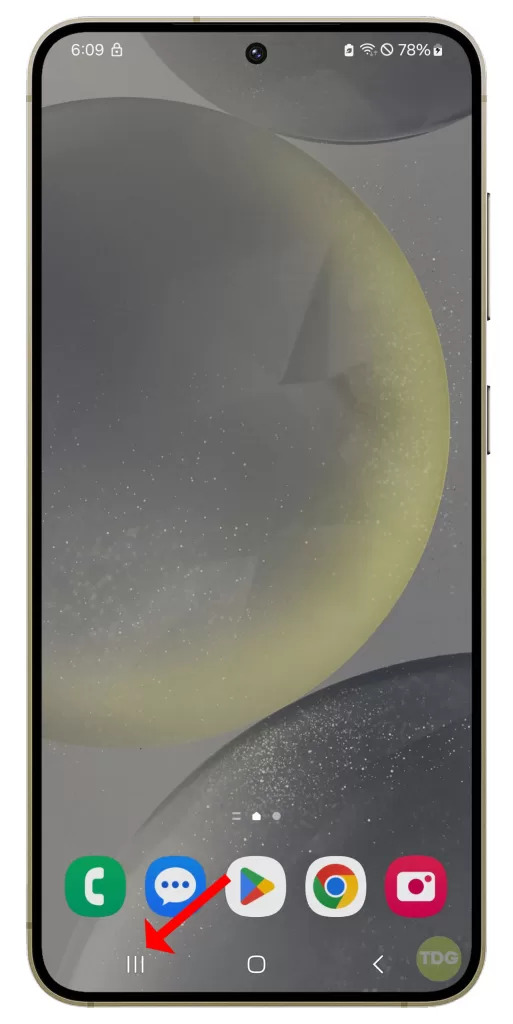
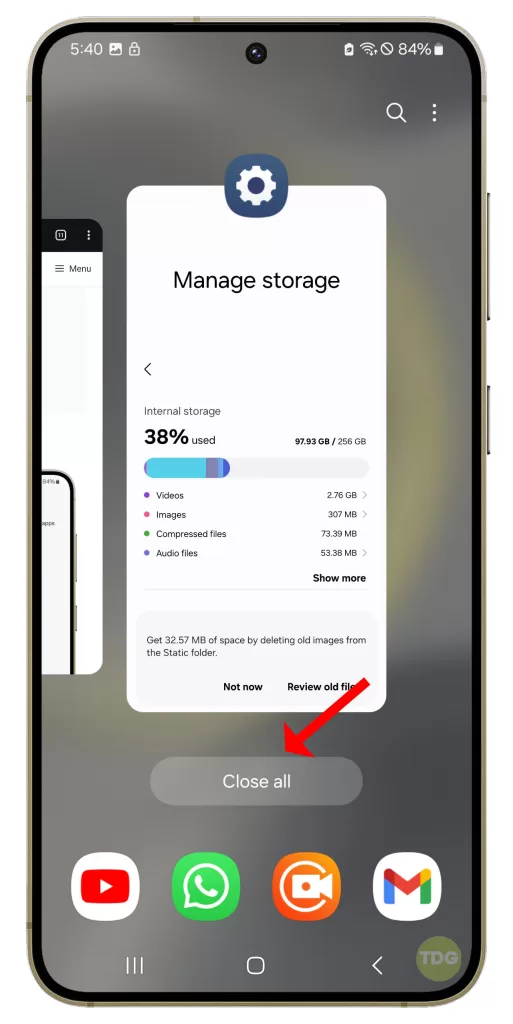
2. Force Restart Your Phone
A force restart can often fix minor software glitches that could be causing your phone to act sluggish.
1. Press and hold the power button and the volume down button simultaneously.
2. Keep holding both buttons until the device vibrates and restarts.
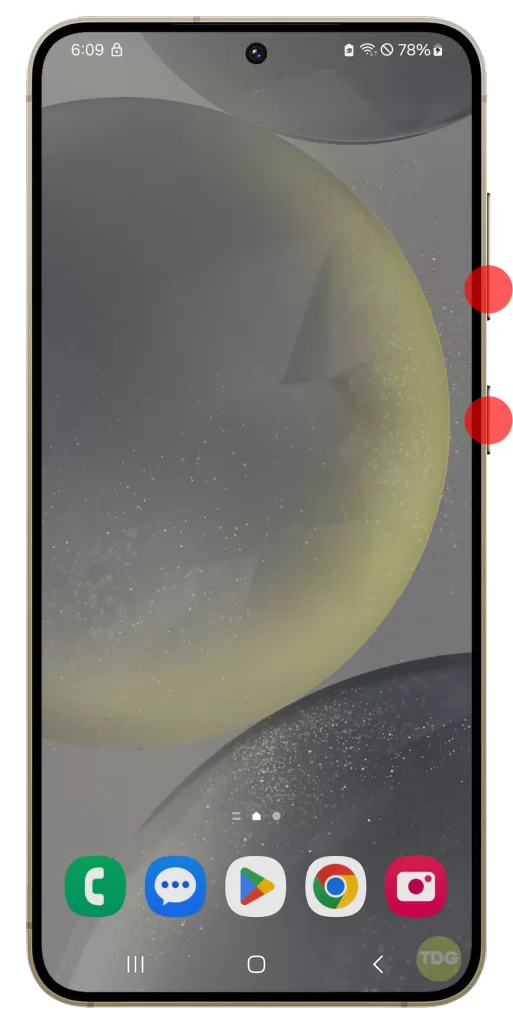
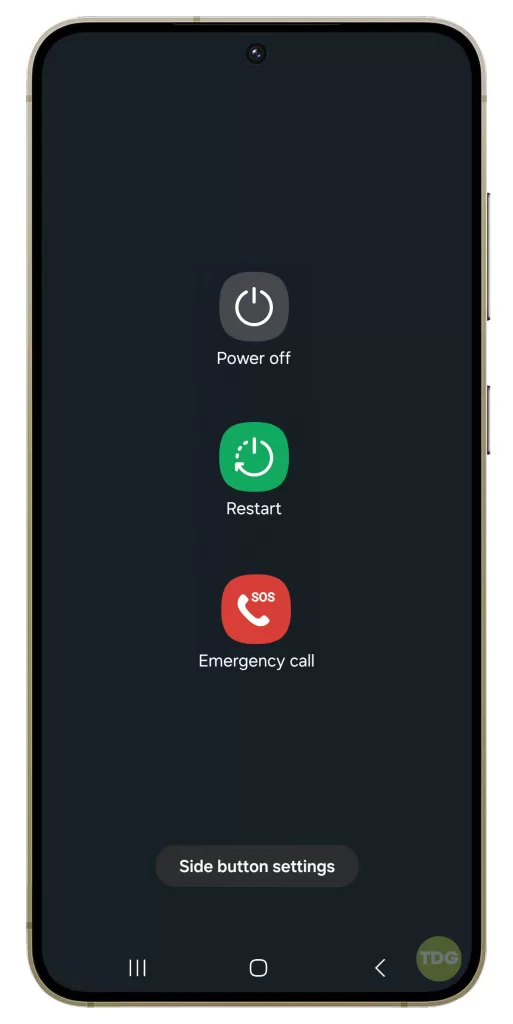
3. Release the buttons once the Samsung logo appears on the screen.
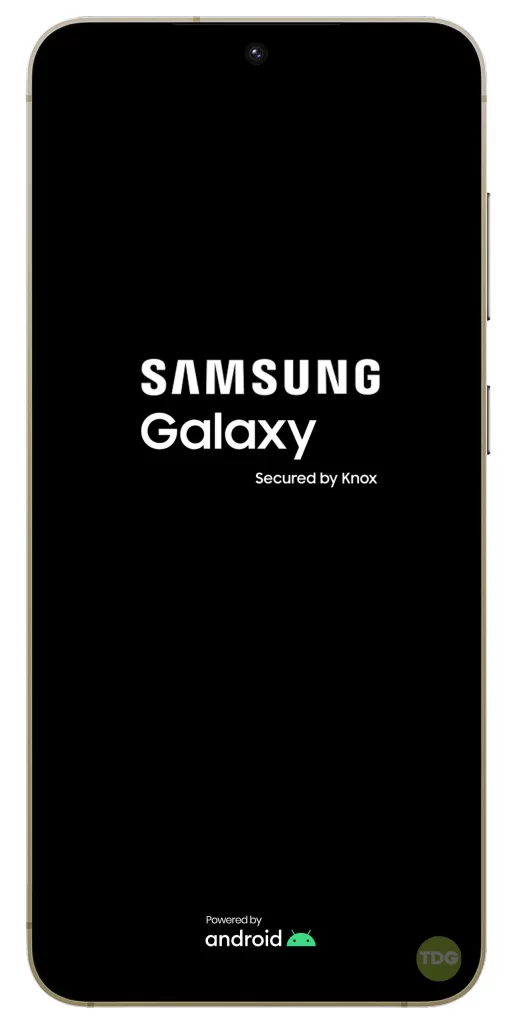

3. Make Sure There’s Enough Storage Space
If your phone’s storage is almost full, it can cause your device to slow down. Make sure there’s enough storage space on your device.
1. Open the Settings app on your phone.
2. Scroll down and tap Device care.
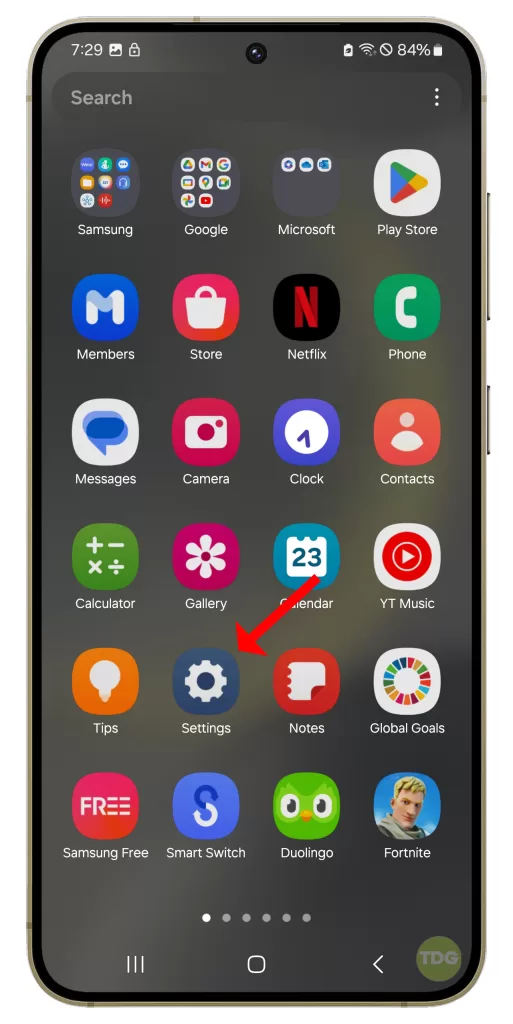
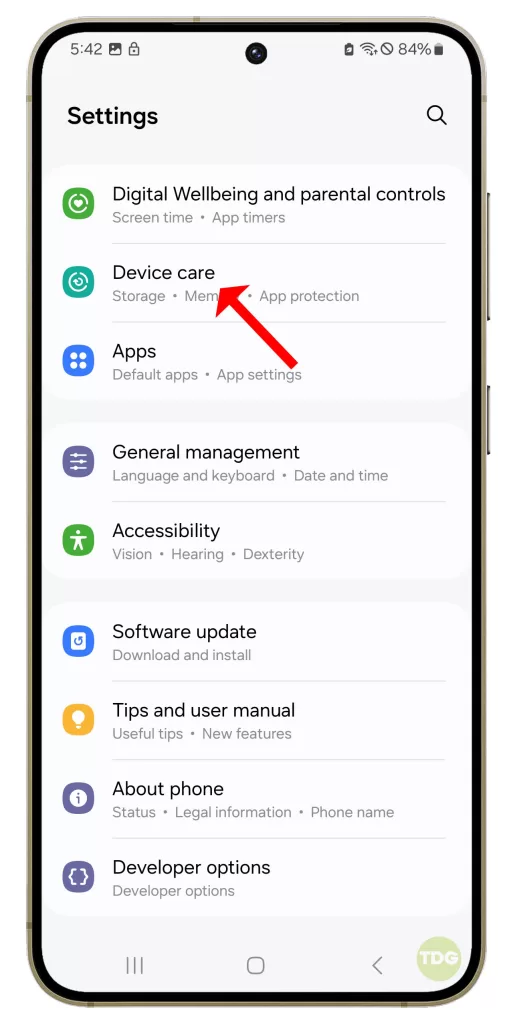
3. Tap on “Storage”.
4. Here, you can see how much storage space is left on your device.
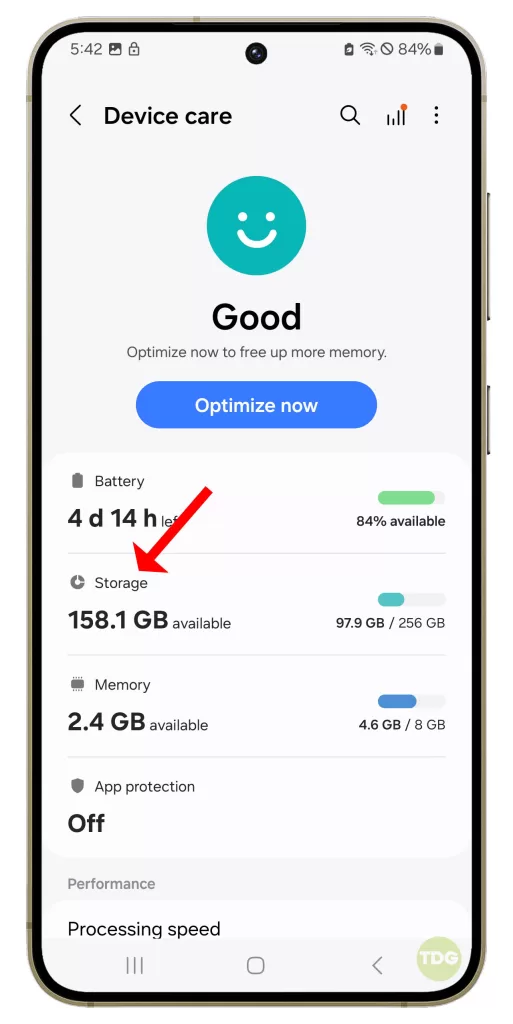
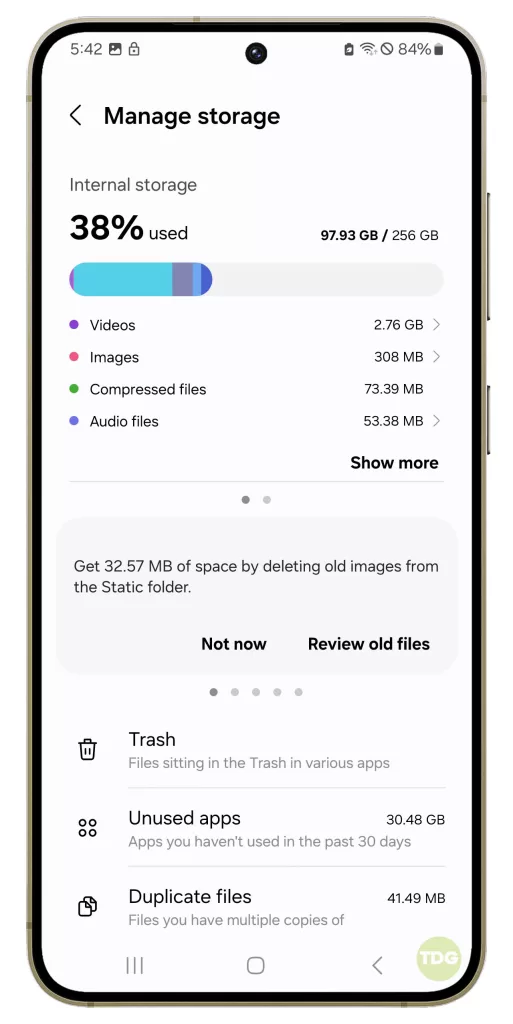
4. Run Your Device in Safe Mode
Running your device in safe mode can help you determine if a third-party app is causing your phone to act sluggish.
1. Press and hold the power button.
2. Tap and hold the “Power off” option that appears.

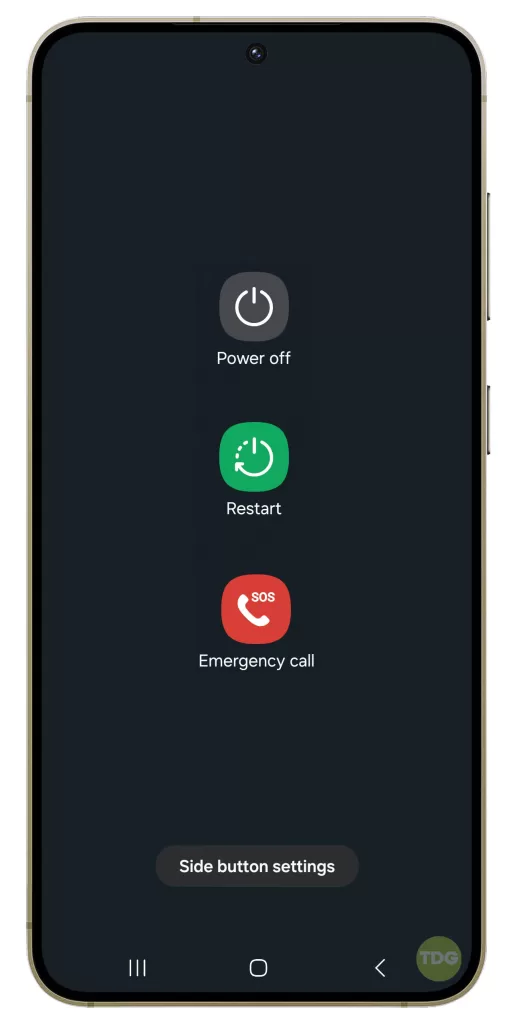
3. It will turn to Safe mode, so tap on it.
4. Tap Safe mode once again to proceed.
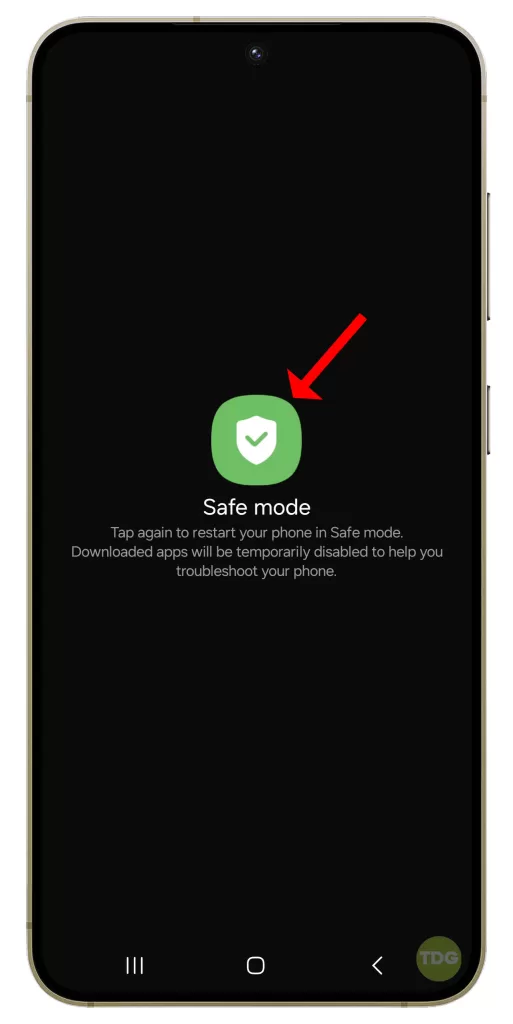

Your device will restart and “Safe mode” will be displayed in the lower-left corner of the screen.
5. Check for a Firmware Update
Sometimes, a firmware update can fix issues with your phone. Check if there’s a firmware update available for your Samsung Galaxy S24.
1. Open your phone’s settings.
2. Scroll down and tap on ‘Software update’.

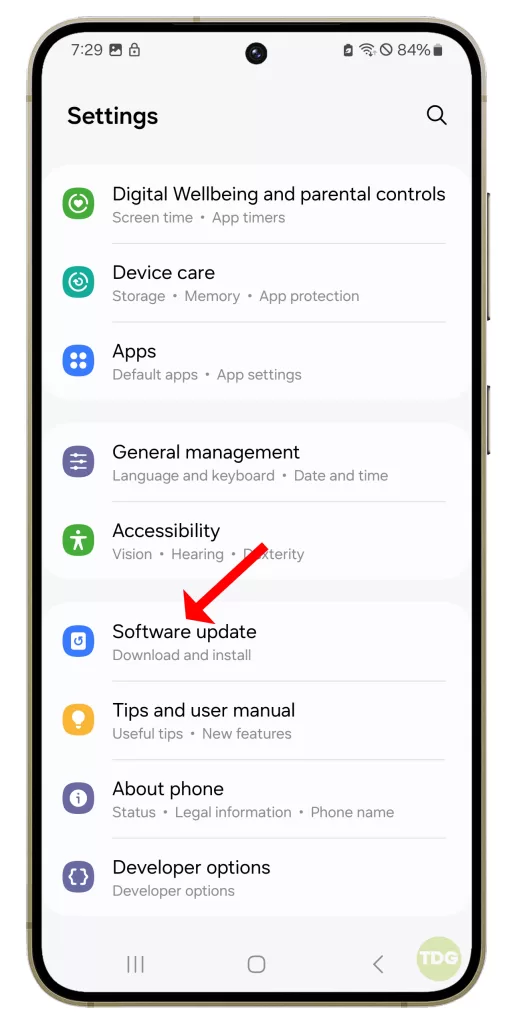
3. Tap on ‘Download and install’.
4. If an update is available, follow the prompts to install it.
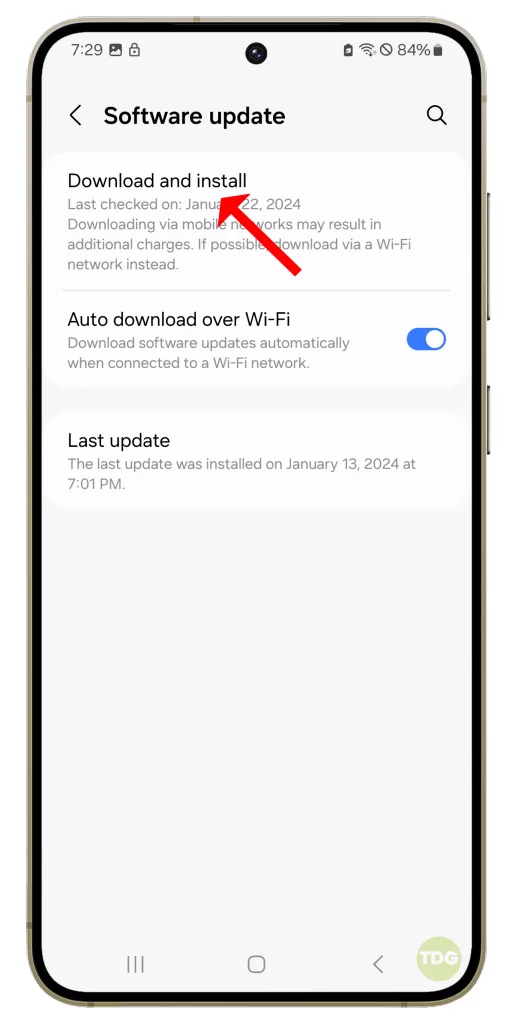
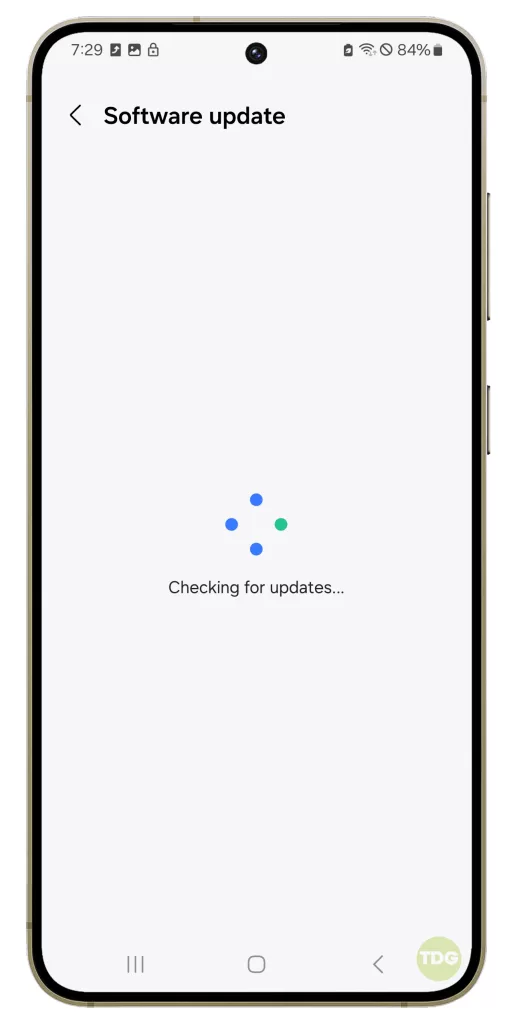
5. Your phone will restart to complete the update process.
6. Reset All Settings of Your Device
If none of the above solutions work, you can try resetting all settings of your device. This will not delete your personal data, but it will reset all system settings to their defaults.
1. Go to “Settings” on your device.
2. Tap on ‘General management’.
3. Tap on ‘Reset’.
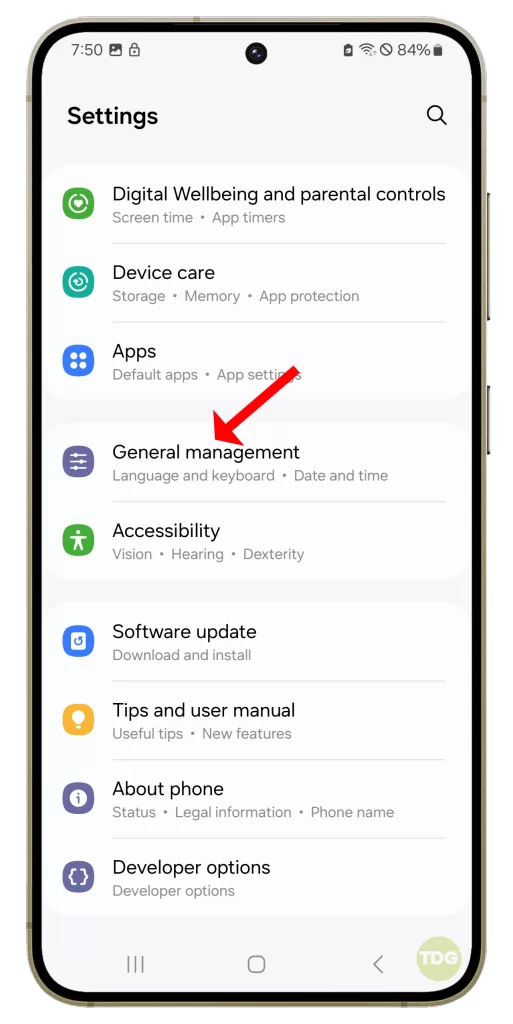
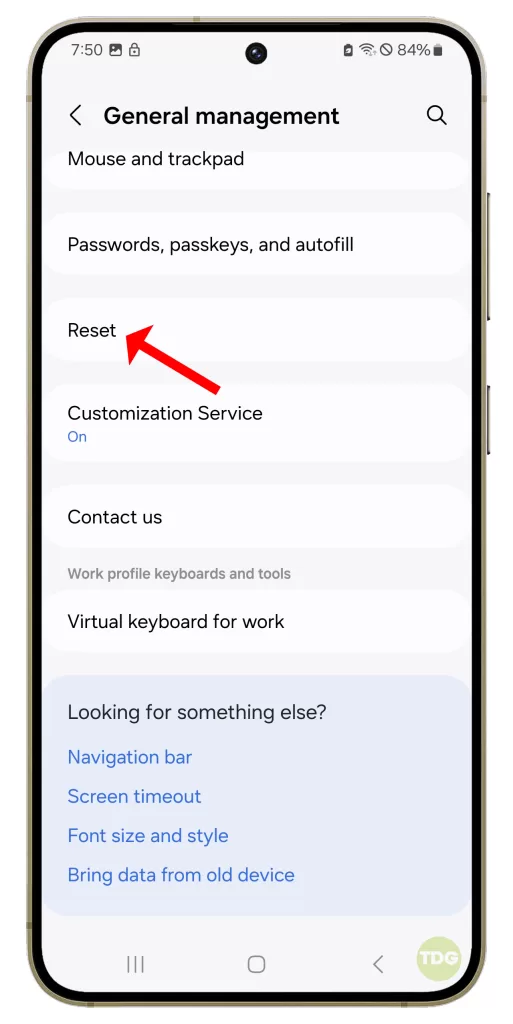
4. Tap on “Reset all settings”.
5. Confirm your action by tapping “Reset settings” again.
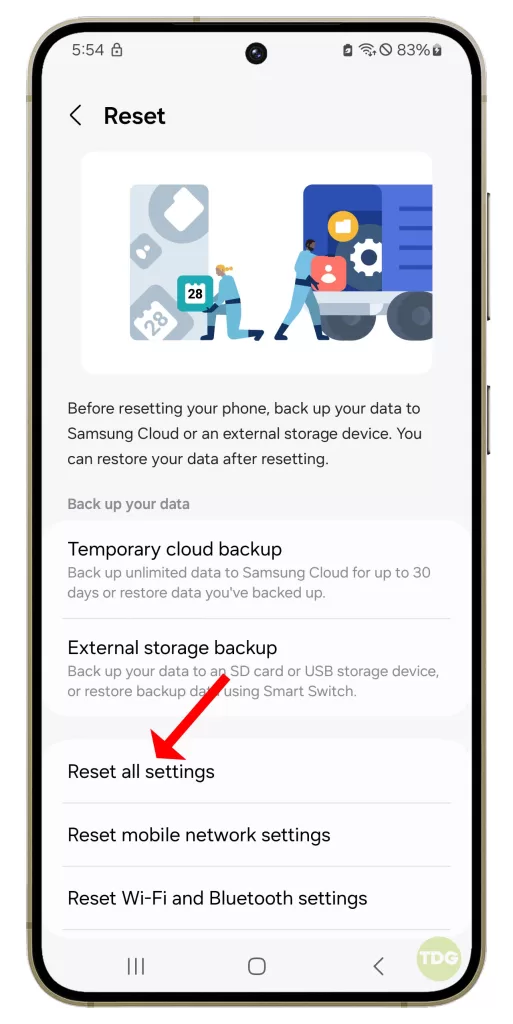
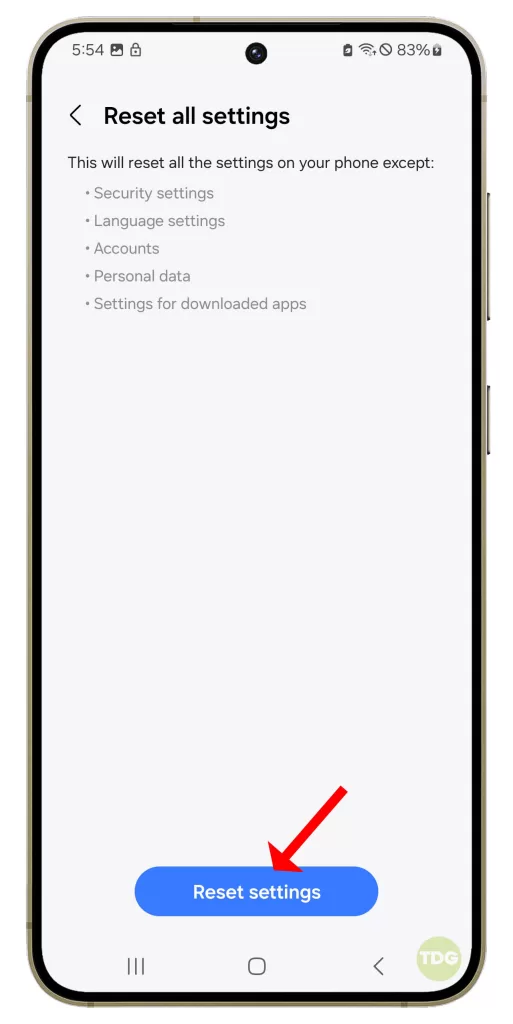
7. Uninstall Unnecessary Apps
Some apps might be consuming too much memory or interfering with the system. Uninstalling these apps might improve the performance of your device.
Here are the steps to uninstall unnecessary apps:
1. Open the Settings app on your phone.
2. Tap on ‘Apps’.
3. Scroll through the list and tap on the app you want to uninstall.
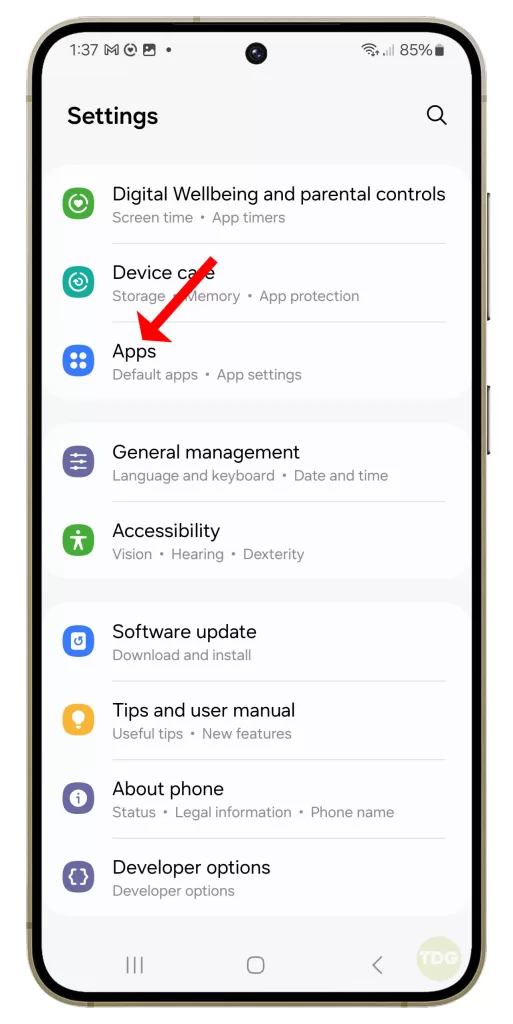
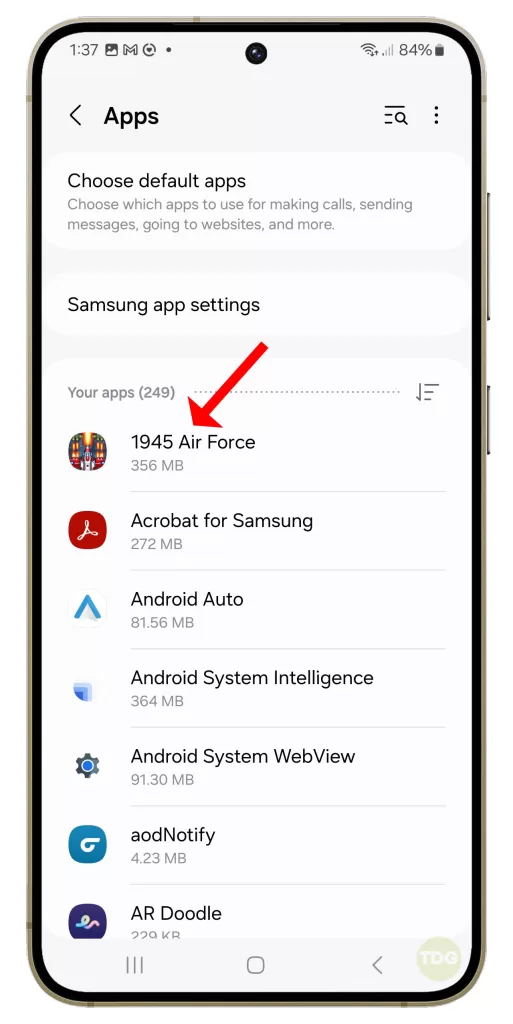
4. Tap ‘Uninstall’.
5. Confirm your action by tapping ‘OK’.
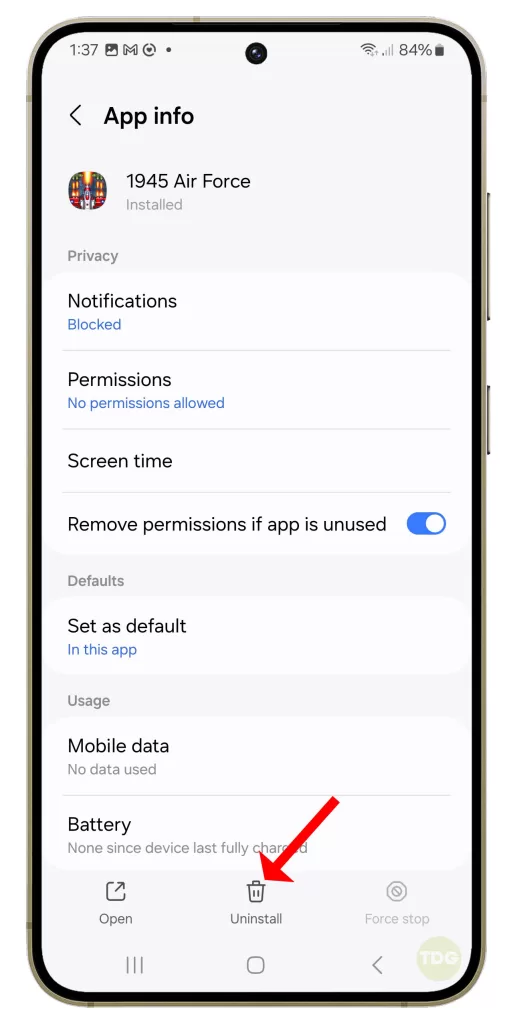
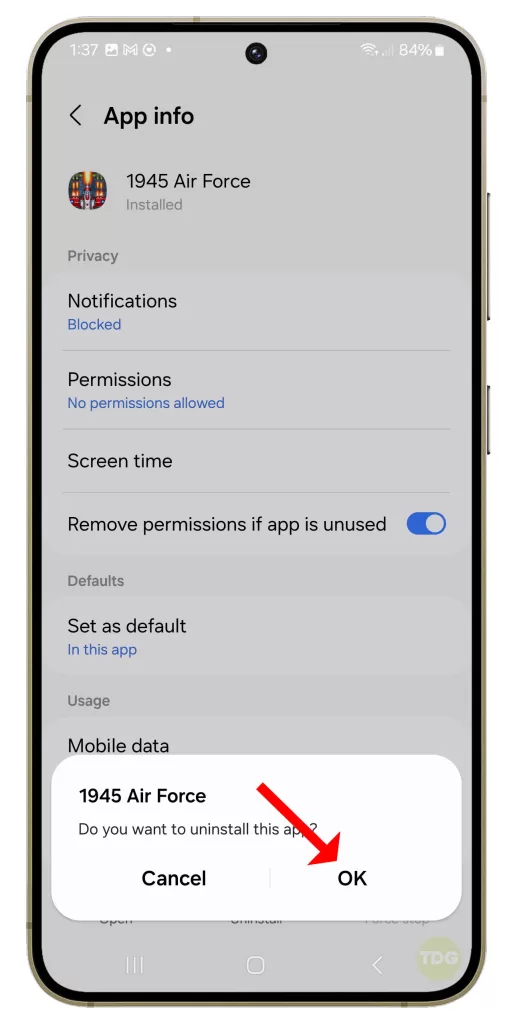
8. Perform a Factory Reset
If all else fails, performing a factory reset can resolve persistent issues. However, this should be your last resort as it will erase all data on your device.
1. Back up all important data on your phone as it will be deleted in the process.
2. Open your phone’s settings.
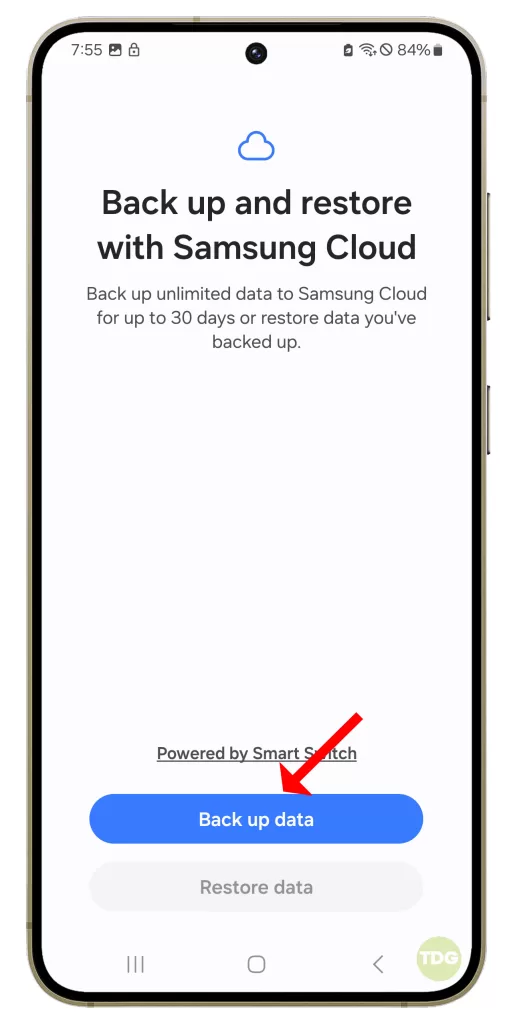

3. Scroll down and tap on ‘General management’.
4. Tap on ‘Reset’.


5. Tap on ‘Factory data reset’.
6. Scroll down and tap on ‘Reset’.
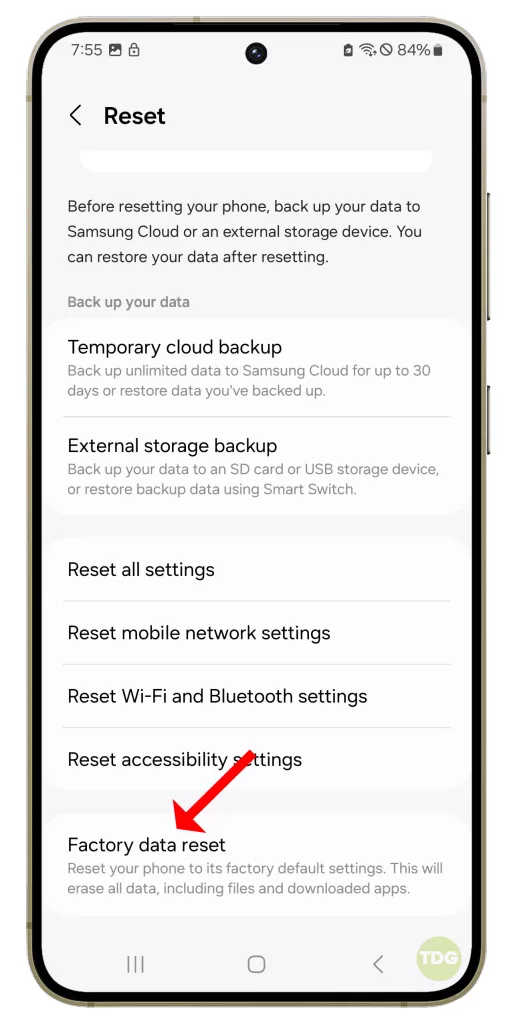
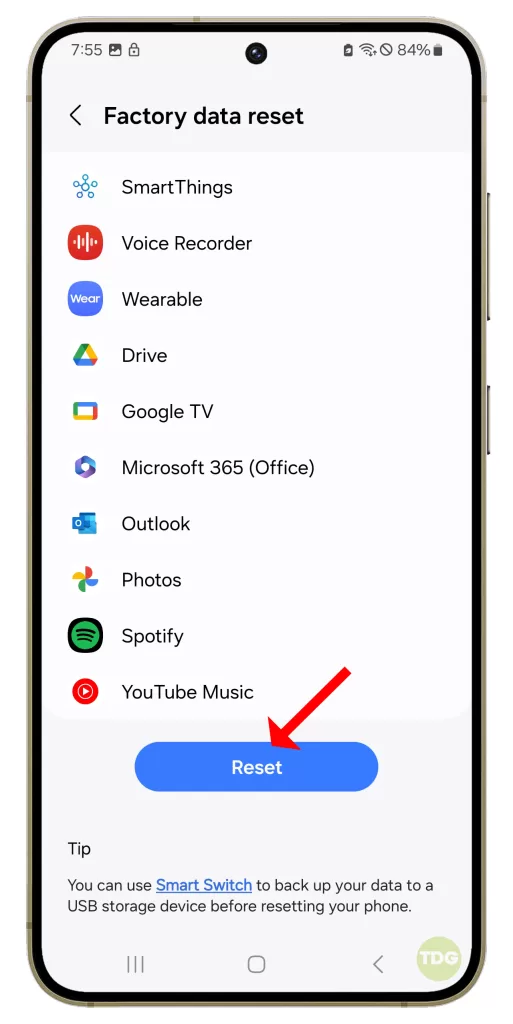
7. If prompted, enter your PIN, password, or pattern.
8. Tap on ‘Delete all’.